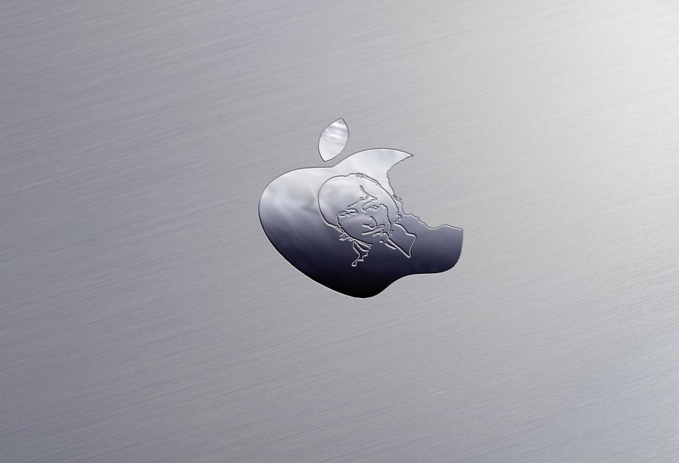Apple and Goldman Sachs Group are planning to issue a joint credit card this spring. The card will open up new functions for iPhone users to manage their finances, The Wall Street Journal writes, citing informed sources.
Employees of companies will begin to test the new card in the next few weeks, and officially it will be presented later this year. The companies are hoping to attract cardholders by offering them additional functions in the Apple Wallet app that will allow them to set spending goals, track earnings, and manage their account balance.
The new card will use the Mastercard Inc. payment system, the second most popular in the United States after Visa. For most purchases, a cashback of about 2% will be in effect, sources noted. According to them, cashback can be more significant when paying for Apple services and buying its devices.
Apple, like Goldman Sachs, is looking for new sources of revenue, since the growth of key operations has stalled, writes WSJ. The company expects to increase revenue from the provision of services, including streaming services, TV and mobile payments, to $ 50 billion by 2020.
source: wsj.com
Employees of companies will begin to test the new card in the next few weeks, and officially it will be presented later this year. The companies are hoping to attract cardholders by offering them additional functions in the Apple Wallet app that will allow them to set spending goals, track earnings, and manage their account balance.
The new card will use the Mastercard Inc. payment system, the second most popular in the United States after Visa. For most purchases, a cashback of about 2% will be in effect, sources noted. According to them, cashback can be more significant when paying for Apple services and buying its devices.
Apple, like Goldman Sachs, is looking for new sources of revenue, since the growth of key operations has stalled, writes WSJ. The company expects to increase revenue from the provision of services, including streaming services, TV and mobile payments, to $ 50 billion by 2020.
source: wsj.com



















